The Brand of LA, California, USA From East Asian Megacities
We look chaotic from the calm of East Asian megacities, a concern for both tourism and higher ed sectors in the US.
“Are you ok?”
This was a message, along with others like it, that I woke up to one morning in Hong Kong. I must admit, I did not entirely know what they were referring to.
It turns out, the protests against ICE and the Trump administration in Los Angeles had turned ugly. Protestors arrested, shots fired, actual fires, and general chaos in the part of the country I now call home.
But I wasn’t home then. I was instead traveling across my former home in East Asia: Seoul, Hong Kong, Shanghai, and Tokyo. It was a month-long megacity tour.
“I’m better than okay, I’m in Hong Kong!” I replied, half-joking about what was a serious situation back in LA. Perhaps, because I do not even really live anywhere close to the protests or crackdowns that were happening. LA itself is a massive sprawl, and the metroplex is even larger. I live at the far edges of its expanse.
Still, it was a strange experience to watch what was happening back in LA and the US broadly from the other side of the world. The events gave me a chance to reflect on that state of my state: Los Angeles, California, USA.
Degrading Depictions of the US Abroad
One of the things that stuck out to me is that the depictions of the events on the local news in Hong Kong, Mainland China, and even Japan (I left Korea just before the protests really sparked). From the perspective in these places, California looked totally chaotic.
I was attending a conference at the Centre for Higher Education Leadership and Policy Studies (CHELPS) at The Education University of Hong Kong (EdUHK) when things were really heating up back in LA. At the conference, other attendees said the scenes looked “like the third world.”

However, while the intense clashes between protestors and the National Guard/ police were mostly isolated to specific areas, people abroad have been getting the perception that all of the US is spiraling. There has only been an uptick in these kinds of scenes and other negative depictions of the country in the last few years.
“Yes, we had students studying abroad at USC,” said an administrator from a Japanese university. “We reached out to see if they were okay.” All of them were fine, but the university requested that they stay away from the protests.
On one stop in Mainland China, I met a low-ranking official from a small city who asked me over a beer if LA was really all “in chaos.” I had to explain that LA was massive and the protests were isolated. He didn’t seem too concerned because he said he wasn’t even allowed to travel to the US now anyway (via both sides).
It was not lost on me that I was taking all of this in while in China, where similar clashes and crackdowns sit in our national imaginations of the place (I was actually in Hong Kong during those past Umbrella Movement protests, too! But that’s for a future post).
Rory Truex, another Substacker with experience in Asia, made the same connection to past crackdowns in Mainland China and Hong Kong. “On April 26th, 1989, The People’s Daily issued an editorial, ‘It is Necessary to Take a Clear-Cut Stand Against Disturbances,’ framing the emerging protests as a threat to the nation,” he writes.
The LA protests and subsequent crackdowns did not quite bubble over as may have been expected when they were happening. The events certainly didn’t give us our own Tank Man imagery. But the scenes from California have just added to a degrading image of the state and of the entire country from abroad.
The California Brand in East Asia
One thing that I have long noticed when I am abroad in East Asia, even before this current trip, is that California has a distinct brand abroad beyond the US. There is a mythos around the Golden State. The beaches, Hollywood and celebrities, the expanse, even the car sprawl, all sit in the popular imagination of East Asia.
California has long been a magnet for migration from East Asia. Chinatown, Koreatown, or Little Tokyo, just to name a few, all within the state (and even just in LA!). These namesakes are familiar to those home countries abroad.
“I’d say that California is the area where these ties are the densest and the richest, and there are some aspects of that that won’t be replicated elsewhere,” wrote Matt Sheehan in an Asia Society interview, the author The Transpacific Experiment: How China and California Collaborate and Compete for Our Future.
“Silicon Valley is a unique phenomenon, and China is uniquely interested in it. Hollywood is a unique phenomenon, and China is uniquely interested in Hollywood,” he continued. “Even the lifestyle, culture, and climate elements of California and its history with China are unique. And that makes California stand out from other states.”
These are the exact observations that I have witnessed on my trips to East Asia broadly. The state and its symbols were everywhere.
California sports teams were well-represented during my trip. Seoul was filled with Lakers jerseys, while Steph Curry Golden State seemed to dominate Mainland China. In Japan, of course, LA Dodgers gear really was everywhere, in clear connection to MLB superstar (and Japanese hero) Shohei Ohtani.

Disney, too, keeps California in the international imagination. Disney was all over every city I visited. Even in Hong Kong, there was a giant Micky Mouse symbol directing drivers to the island metropolis’s own Disney theme park. This is not even to mention the other countless Hollywood connections I saw.
The state’s tech was also featured prominently. In China, especially, there was constant mention of Silicon Valley. This was mostly in comparison between local tech to the latest in the US. I was sitting in a Xiaomi store during a product launch day, with the CEO emulating his best Steve Jobs impression. Each product was compared back to its Silicon Valley counterpart.
Anytime I introduced myself as living in California, I didn’t have to explain anything about the state other than whether I was closer to LA or San Francisco. Everyone seemed to have a friend, cousin, or family member who was living in one of these places or studying abroad in the state. They were, though, often concerned about the images that they were seeing.
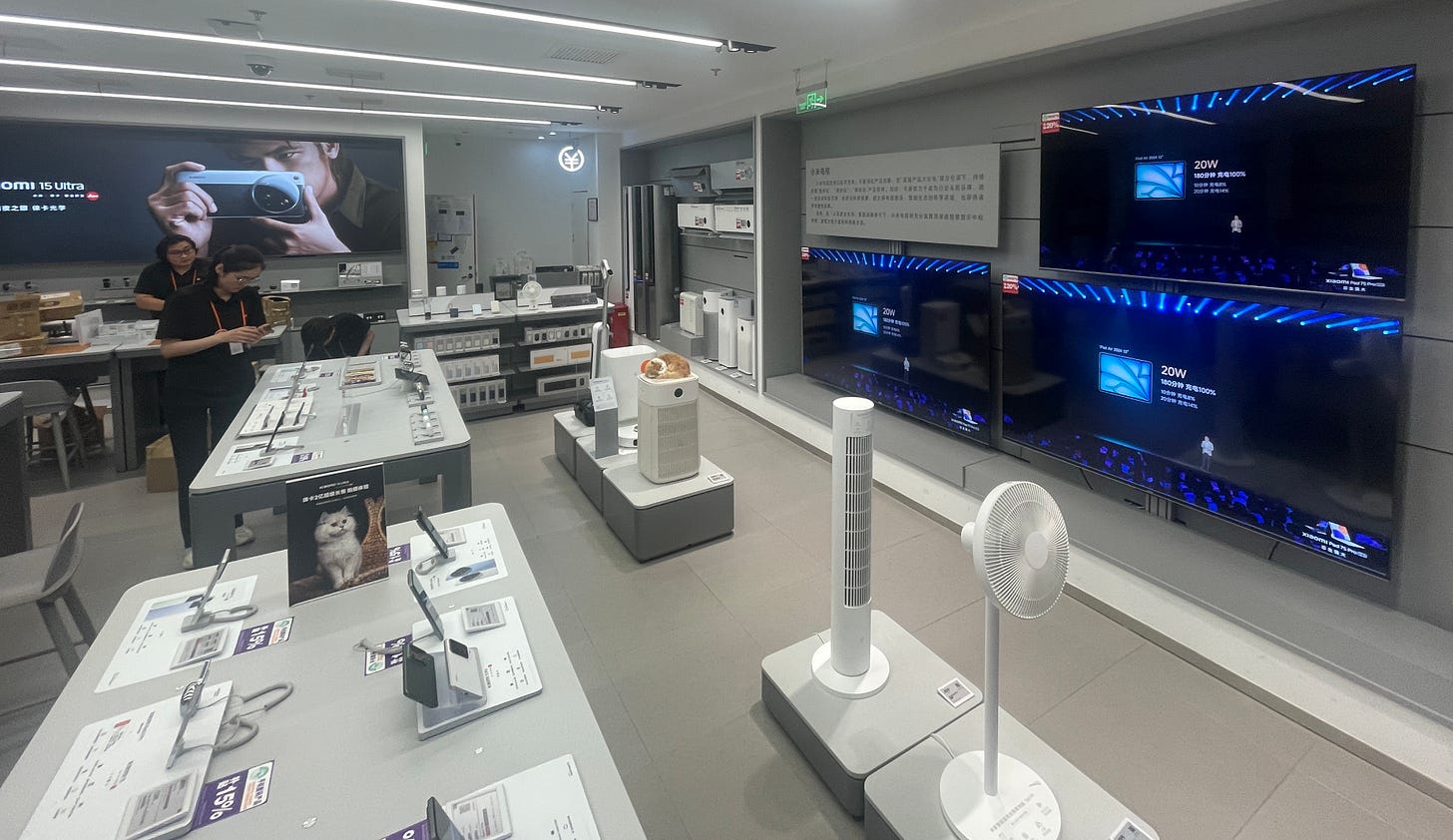
Costing California and the US
“Do you think after Trump the Republicans will stay on this course?” asked the same colleague from Japan with students at USC. He was thinking that they may have to find a new program or that students may no longer be interested in the location.
At the conference in Hong Kong, attendees lamented what was happening at American universities. But they were also hopeful that they were getting a new opportunity to recruit students and to take the lead from US universities.
In particular, California universities have long been held in high esteem in the region (really, the entire world). I certainly saw my fair share of UCLA, Berkeley, and Stanford shirts during my visits.
Parents and students from the region do pay attention to rankings, even though I’ve long been a critic. It is still notable that California universities do well in these indicators. For instance, in the most recent U.S. News & World Report Global University rankings, California had 12 ranked in the top 250 and half of those in the top 25.
Stanford University – No. 3
University of California, Berkeley – No. 6
University of California, Los Angeles – No. 13
University of California, San Francisco – No. 16
University of California, San Diego – No. 21
California Institute of Technology, Pasadena – No. 23
University of Southern California – No. 77
University of California, Santa Barbara – No. 91
University of California, Davis – No. 96
University of California, Irvine – No. 96
University of Santa Cruz – No. 133
University of California, Riverside – No. 242
Again, I do not think we should solely rely on these, but I have had students and parents tell me they are worried about paying so much for a degree abroad that might not help back home. Rankings are seen as convertible, rightly or wrongly, and California has been a desirable locale with leading universities. But East Asian institutions are catching up, and they know it.
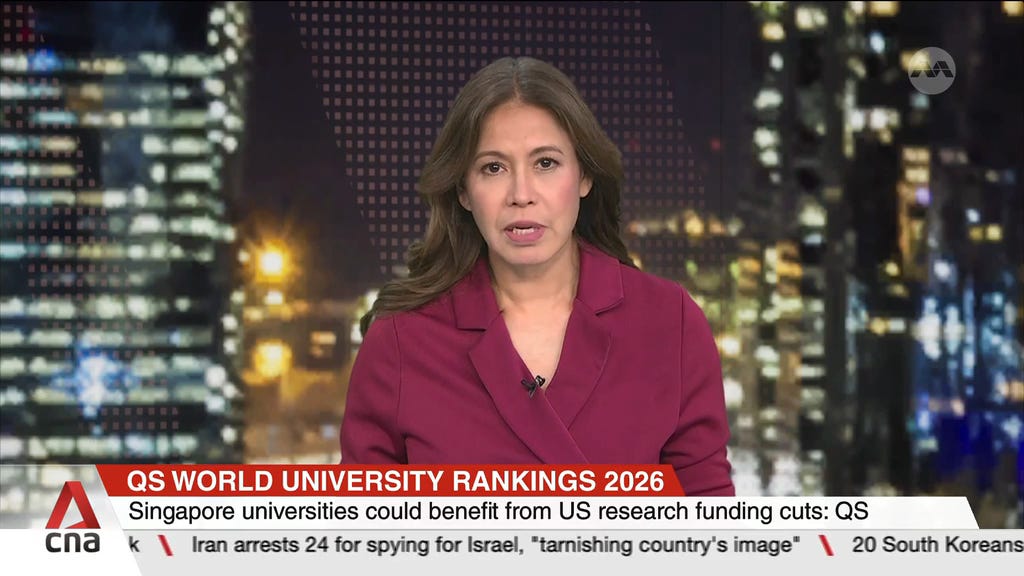
In the past, California community colleges have even drawn international students. I was there with some California community college colleagues, and discussions on exchanges and partnerships were happening. But any exchange conversation brought concerns about the safety and viability of the US as a location.
Even Silicon Valley has long been reliant on international students or others from abroad to fuel innovations. One example comes from the recent high-profile poaching of OpenAI’s team by Mark Zuckerberg.
“Every single one of the 11 Meta superintelligence hires is an immigrant who did their undergrad abroad,” said Deedy Das in an X post, a Silicon Valley-based VC.

I could not help but notice that over half of the 11 come from Chinese universities. Indeed, China and the region have been crucial to tech, innovation, and start-ups in the state. Being in East Asia, the relationship between California and these countries was clear.
The one thing that wasn’t clear to anyone was what was happening in the US in terms of higher education. Everyone I met was confused about the attacks against America’s own university. These are universities that are envied across the world.
Likewise, international students have long been invited to these places in such great numbers, there are domestic warnings about being “cash cows” or “Brain Drain”. But now the US was purposely closing its institutions off from a system that it benefited from.
The people I met during my trip to East Asia were confused. And I couldn’t really provide any solace, because I’m confused, too. What I was not confused about was that the perception of California and the US was tanking throughout these East Asian megacities I visited.
Chance at Redemption: World Cup and Olympics
The damage to the California brand and broader perception of the US is already happening (in terms of both tourists and students). It is not completely gone, though. The people I met during my time in Asia were still fascinated by the culture and economics of the state. There was more of a disappointment about what was happening.
We do have two massive chances to boost international PR in the coming years: the World Cup in 2026 and the LA Olympics in 2028. We must pull both events off without any major hiccups for the sake of both the tourism industry and the higher education sector.
The World Cup will be the first chance. Soccer is by far the most popular sport in all of the countries I visited, certainly compared to any American sport (sorry, NBA).
I lived in Korea during the 2010 World Cup in South Africa. It was one of the most exciting sports atmospheres I have ever experienced. Stadiums full of fans in red watching on the JumboTron, hundreds of thousands of others on the street watching on other screens, and generally shutting down the entire country to watch their team play.
The 2026 World Cup will technically be a three-way host between the US, Mexico, and Canada. Los Angeles will be hosting games in SoFi Stadium for the US. While the stadium is state-of-the-art, the surrounding area is still mostly suburban sprawl and parking lots with poor public transit. That is beside the point about visas and other entry issues.
The Olympics two years later will only magnify these concerns, as Los Angeles will be the sole host. This means many more visitors and various athletes from not-so-high-profile teams. I worry about a dual disaster of mistreating visitors while at the same time witnessing the crummy infrastructure that is worse than anything East Asia certainly has to offer.
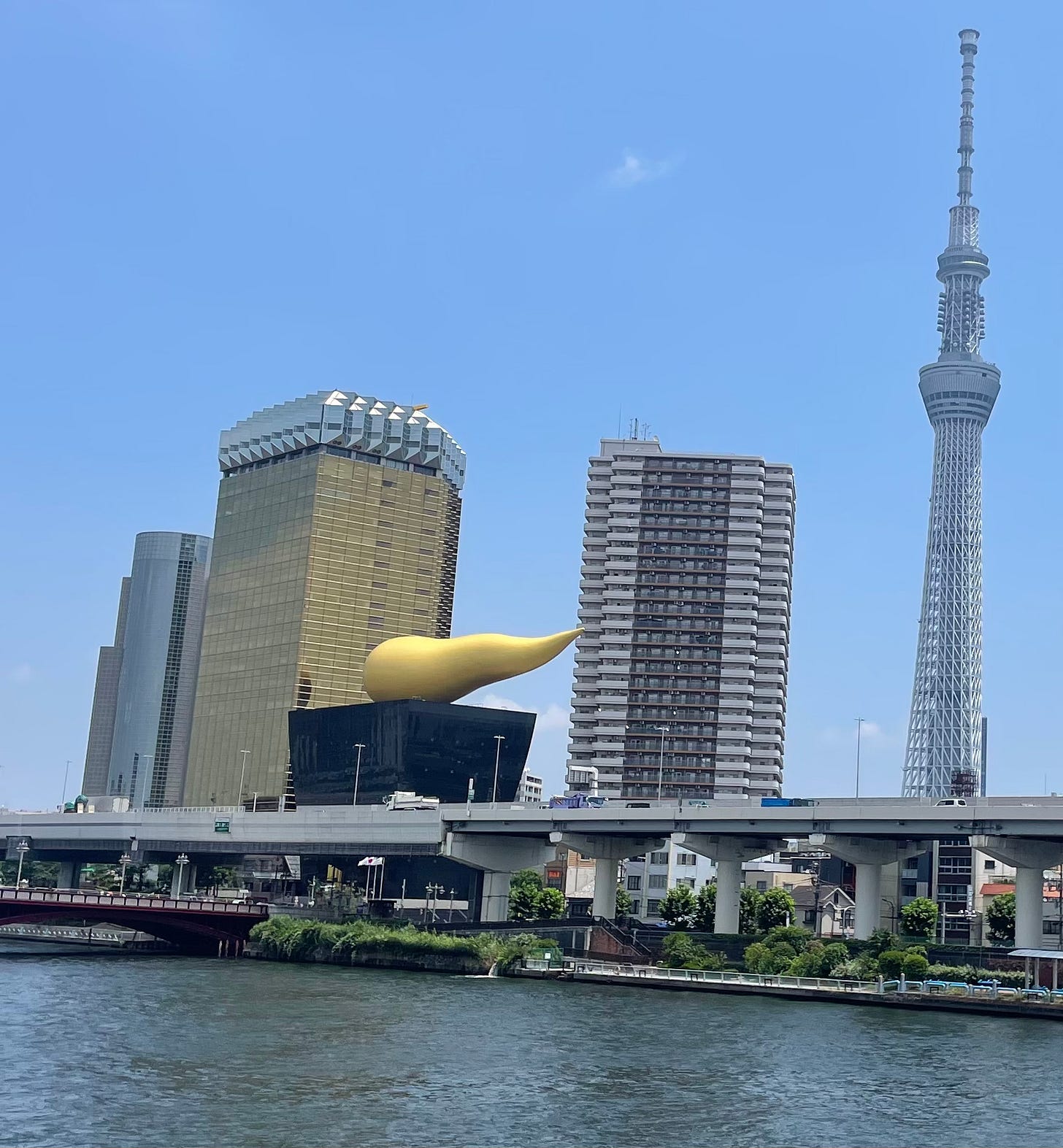
These countries are places that have hosted the games in the past with great success. Everyone remembers the Beijing Olympics in 2008, and the last one in Tokyo went well despite the COVID delay. Even local old stadiums that hosted past international games are revered for their connection to the World Cup, the Olympics, or other high-profile international competitions.
There are already bubbling questions about buses and promised transport, on top of visa questions. One recent report said that Senegal changed plans from practicing in the US for an international competition when several players and coaches were denied visas to enter the country. The massive scale of the games means more rejections and other embarrassing stories may be in the way.
I would not be surprised if there were large national boycotts of these US-hosted games, too. I even considered writing an article on how LA should give up the games to another more prepared city, one with both reasonable local public transportation and a national immigration system.

Despite any concerns I have, though, I still think these events are good opportunities. California gets two chances to show the world that the state is ready to bring visitors, students, and other guests back again through these world showcases. It is a rare opportunity to repair its brand.
I think LA and California have the spirit to mend relationships. Visitors should see that the chaos they watch on the news is not everywhere, and Californians are largely welcoming. But beautiful beaches and glamorous Hollywood don’t grant visas. And Gavin Newsom doesn’t make foreign policy (yet).
Ultimately, California’s brand as a tourist and study destination is tied to the US nationally. From what I saw in East Asia, their megacities and universities might be ready to move on without us, even if they wish California could join them.




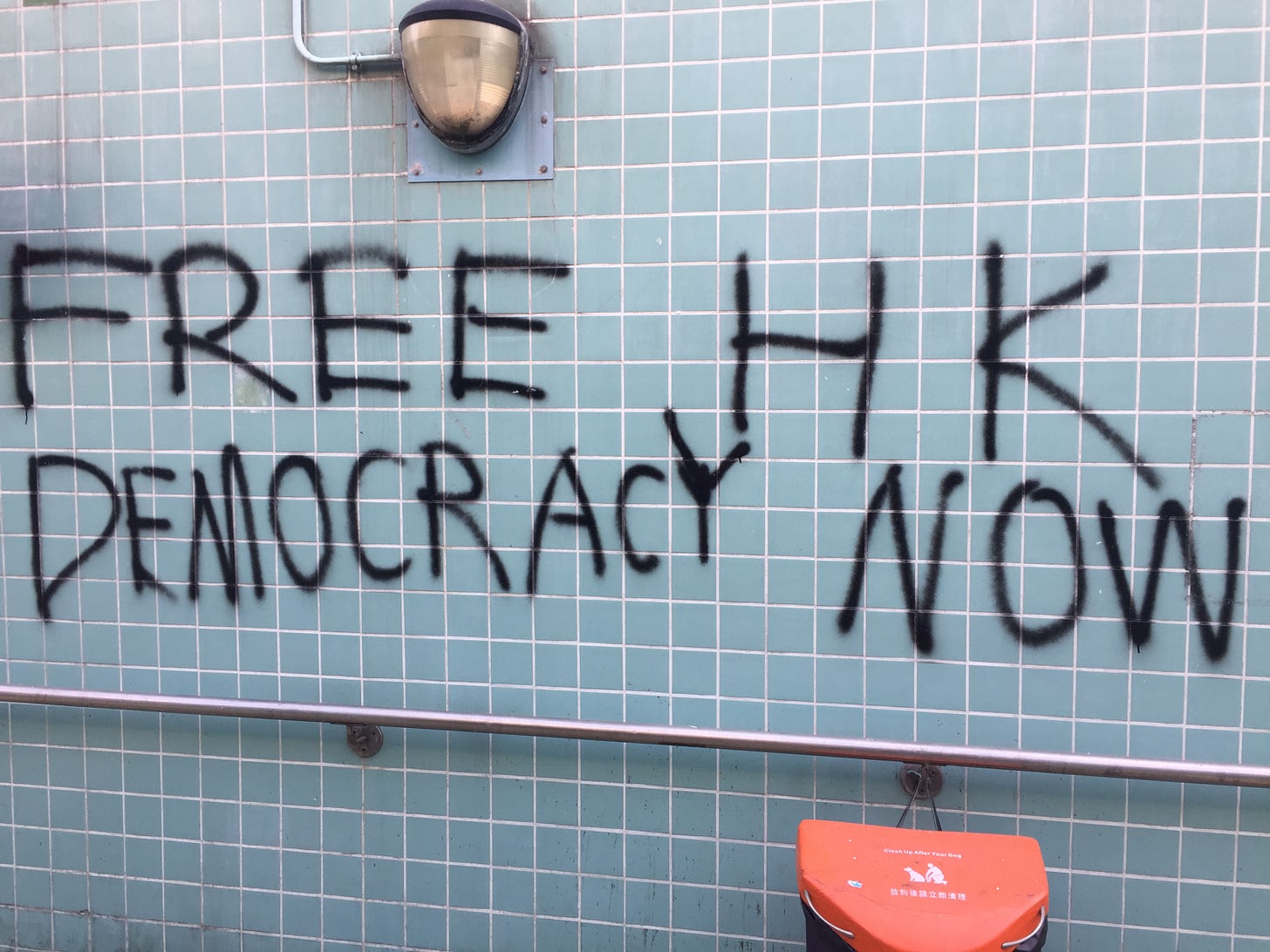
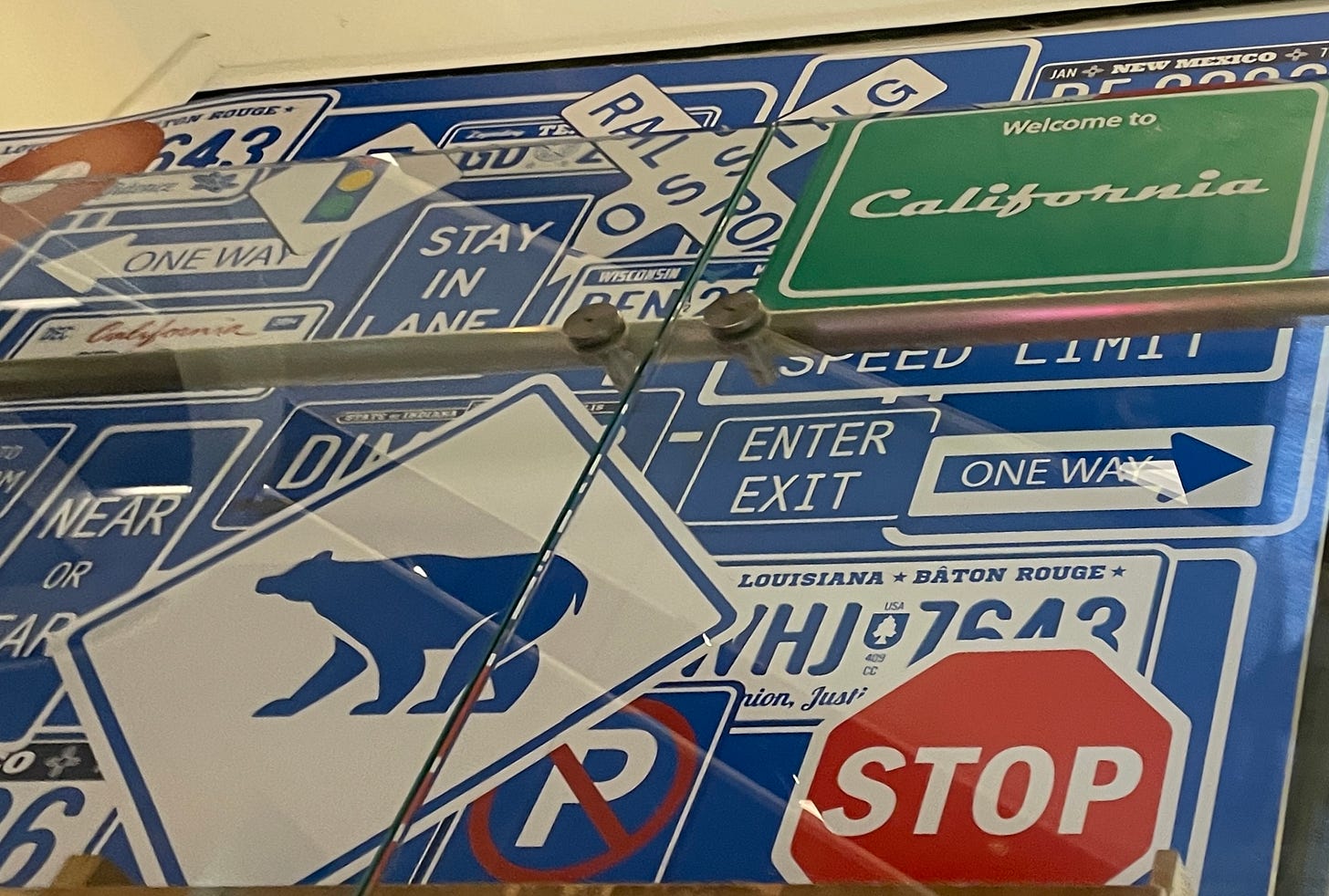

In my opinion, the brands America and California are far too strong and if there is any negative impact at all, it is only temporary. America and American democracy has always operated differently, especially with generally very calm and agreeable East Asia with far fewer protests. California in particular has a storied history of sometimes rowdy protests, so that has always been part of the brand.
I would describe the sentiment abroad more as "curiosity". One data point that supports this perspective are foreign tourism arrival numbers that have been pretty steady. Somehow, the media likes to report doomsday stories about how tourism is collapsing but that is absolutely not reflected in arrival statistics (with Canada being the only exception).